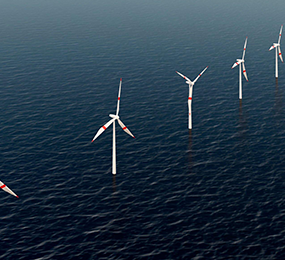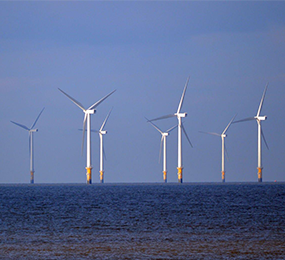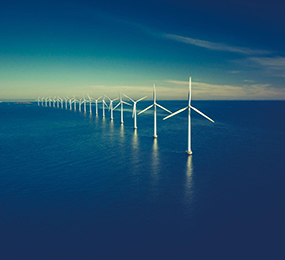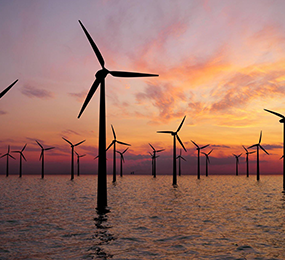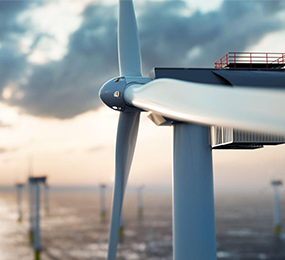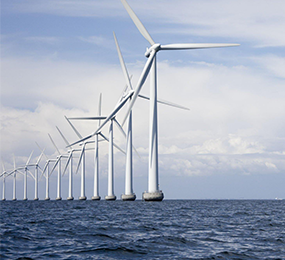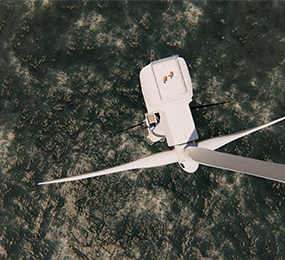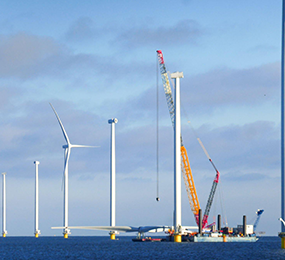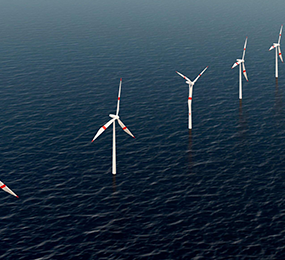Floating Wind: Revolutionizing Europe's Renewable Energy Landscape
Floating wind turbines have emerged as a game-changer in Europe's quest for clean and sustainable energy solutions. By harnessing the power of wind in deep offshore waters, these innovative structures are revolutionizing the continent's renewable energy landscape.
Unlike traditional fixed-bottom wind turbines, floating wind turbines can be deployed in deeper waters, where wind resources are stronger and more consistent. This unlocks vast offshore areas previously inaccessible for wind energy generation, greatly expanding Europe's renewable energy potential.
The flexibility of floating wind technology allows for optimal placement of turbines, maximizing energy production and minimizing visual impact on coastal landscapes. By moving wind farms farther offshore, they become less visible from the shore, addressing concerns often associated with the visual impact of traditional wind farms.
Floating wind also offers significant economic benefits. The development of floating wind farms creates new job opportunities, drives innovation, and stimulates local economies. It opens up a new sector of the renewable energy industry, attracting investments and fostering collaboration between industry players, governments, and research institutions.
Moreover, floating wind contributes to energy security and grid stability. Its potential for large-scale deployment diversifies the energy mix and reduces dependence on fossil fuels. By tapping into the abundant wind resources at sea, Europe can bolster its energy independence and resilience, while significantly reducing carbon emissions.
Furthermore, floating wind technology aligns with Europe's climate goals and environmental commitments. As a renewable energy source, it plays a crucial role in decarbonizing the power sector and combatting climate change. Floating wind turbines produce clean energy without emitting greenhouse gases, making them a vital tool in achieving Europe's ambitious renewable energy targets.
However, challenges remain in the widespread adoption of floating wind technology. The high costs of initial deployment and ongoing operations require continued advancements in technology and cost reduction. Regulatory frameworks and policy support are necessary to encourage investment and facilitate the development of floating wind projects.
In conclusion, floating wind is revolutionizing Europe's renewable energy landscape by unlocking new offshore wind resources and enabling the generation of clean and sustainable energy. Its benefits extend beyond energy production, encompassing economic growth, job creation, and environmental stewardship. With ongoing advancements and supportive policies, floating wind has the potential to play a significant role in Europe's transition to a low-carbon future, paving the way for a more sustainable and resilient energy system.
Visit our website to know more: https://www.leadventgrp.com/events/4th-annual-floating-wind-europe/details
For more information and group participation, contact us: [email protected]
Leadvent Group - Industry Leading Events for Business Leaders!
www.leadventgrp.com| [email protected]


